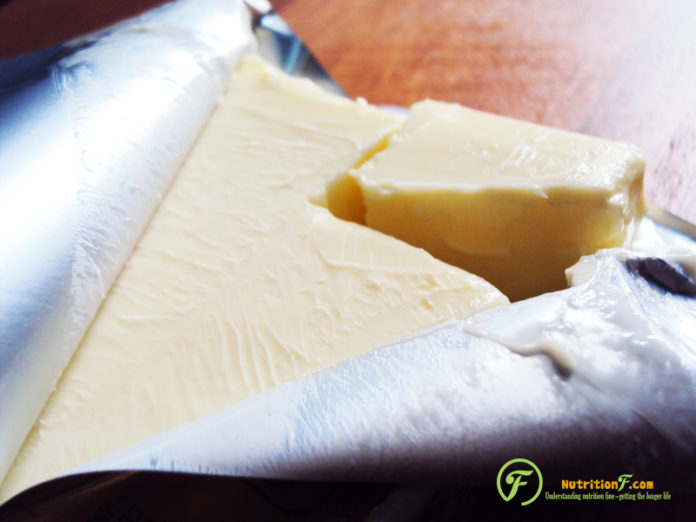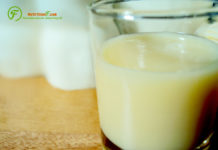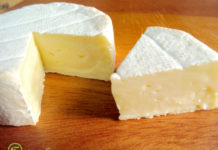Dairy product list in which there are different types, are used as food or in culinary. Among those, butter and ghee are usually grouped together as a couple for they are rather similar. But are they really alike? Let take a look about these two.
Description
Butter and ghee are both dairy products. While butter is made by churning milk or cream and separating the fat solidity, ghee is made by simmering butter with the milk solid (to remove moisture and caramelize the milk solid) to get the thick mixture (which is more liquid than butter).
For the flavor and aroma, ghee is considered more nutty-taste and aromatic than butter.
Dairy products such as butter and ghee are mostly solid at the fridge temperature, will be softer at room temperature and melted at warm temperature. However, while butter needs to be maintained in the fridge, ghee could be store inside or outside (in a dark and cool place, either, just make sure that you use it as the expiration and instruction from the label). At room temperature, ghee is runnier than butter.
In ghee producing, adding spices is more popular than butter.
Butter and ghee as food
In the dairy products, butter is very popular in culinary in both savory and sweet especially in the west. It contains vitamin A and high level of saturated fat. A small amount of butter (a tea spoon) holds about 7 g of saturated fat and 30 mg of cholesterol.
For ghee, it is also popular especially in Indian, South Asian, Iranian and Arabic cuisine. Ghee also contains high level of fat but the cholesterol level is lower than butter, a tea spoon of ghee will provide about 8g of cholesterol.
Butter could lead us to increase cholesterol if consumed frequently. Ghee is considered safer for it could increase the good cholesterol to our blood. However, it doesn’t mean that we have to avoid butter completely and use ghee only. These two could be consumed reasonably. All we need to do is controlling our intake.
Ghee in the dairy product list is more suitable for frying compared with butter and some types of oil for its smoke point (the limitation of molecule to be broken down) is higher – about 250 C degree (482 F degree).
Ghee and sacrament
In Hinduism, cow is sacred and ghee (which is mostly made from cow milk) is joined to many traditional rituals. Ghee is especially required in fire sacrifices (considered auspicious) and used widely in offering oblations to the deities, in ceremonies (as marriage or funerals…) and many other sacraments.









